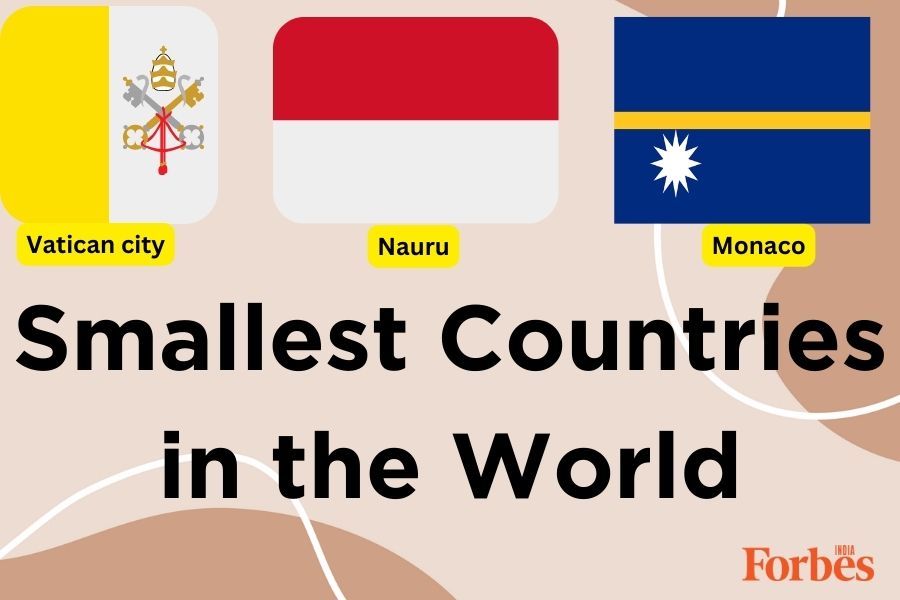
Top 10 smallest countries in the world
Explore the top 10 smallest countries in the world. Learn about the small wonders, each with its own unique story to tell

Ever wonder about the tiniest countries that dot our world map? They may be small in size, but they are important in their own right. From charming city-states to remote island nations, these pint-sized places have a lot to offer—like the Republic of Palau. Join us as we take a closer look at the top 10 smallest countries in the world.
Which are the smallest countries in the world?
Let’s look at the world’s smallest countries and their areas in the table below:
| Name of country | Area in sq km | Region |
|---|---|---|
| Vatican City | 0.44 | Southern Europe |
| Monaco | 1.95 | Southern Europe |
| Nauru | 21 | Oceania |
| Tuvalu | 26 | Oceania |
| San Marino | 61 | Southern Europe |
| Liechtenstein | 160 | Western Europe |
| Marshall Islands | 181 | Oceania |
| Saint Kitts and Nevis | 261 | Caribbean |
| Maldives | 298 | Western Asia |
| Malta | 316 | Southern Europe |
Now, a closer look at the smallest countries of the world.
Note: We have sourced the 2022 GDPs of the smallest nations from the World Bank.
Vatican City
- Population: 524
- GDP: NA
- Currency: Euro
Vatican City is the smallest independent state in the world, both in terms of size and population. Despite being the world’s smallest country, the Vatican holds immense significance as the spiritual and administrative centre of the Catholic Church. Visitors flock to marvel at iconic landmarks like St. Peter's Basilica and the Vatican Museums, home to priceless artistic treasures, including Michelangelo's Sistine Chapel ceiling.







